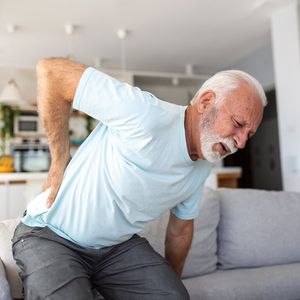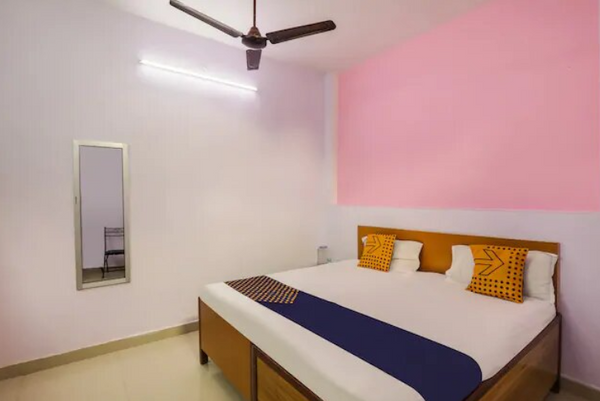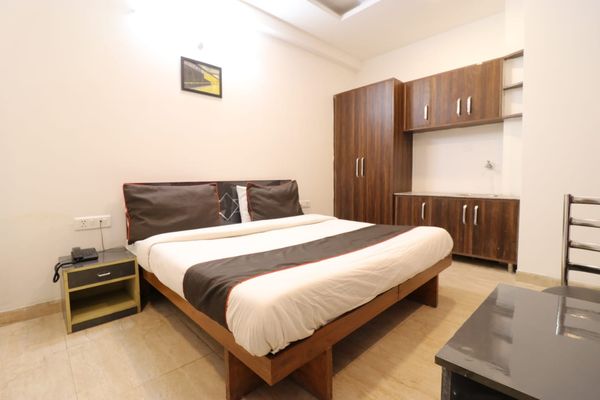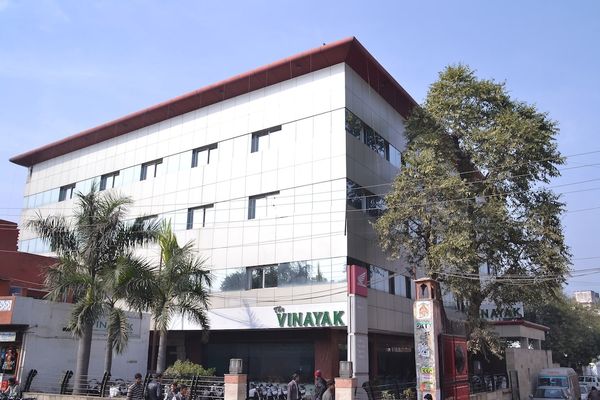Pain Relief : Everything You Need to Know to Feel Good Again
 Spy Soe
20 May, 2025
10 mins read
23
Spy Soe
20 May, 2025
10 mins read
23

Pain is a universal human experience—an invisible force that can interfere with our ability to live fully. Whether it’s a nagging headache, joint inflammation, backache from a sedentary lifestyle, or chronic discomfort from a health condition, pain affects millions daily. The pursuit of effective pain relief is more than just a matter of comfort—it's a path toward reclaiming your quality of life.
In this comprehensive guide, we'll explore everything you need to know about pain relief, from understanding the types of pain and their causes to discovering the most effective treatments available, including natural remedies, modern pain relief medication, and lifestyle strategies.
Understanding Pain: What It Really Means
Pain isn't just a sensation—it's a message. It’s your body’s way of signaling that something isn't right. This signal travels through your nervous system to alert your brain to potential damage. But pain isn't always simple.
Types of Pain
There are several major types of pain:
- Acute Pain: Short-term pain often caused by injury, surgery, or illness. It usually goes away once the underlying cause is treated.
- Chronic Pain: Lasts for months or even years and may continue after the injury or illness has healed.
- Neuropathic Pain: Caused by nerve damage or dysfunction, often described as shooting or burning.
- Inflammatory Pain: Stemming from conditions like arthritis or infections.
- Functional Pain: Pain without a clear physical source, often linked to conditions like fibromyalgia.
Understanding what kind of pain you have is the first step toward finding the right treatment.
Causes of Pain: What’s Behind the Discomfort?
Pain can stem from a wide range of issues. Some of the most common include:
- Injury or trauma (sprains, fractures)
- Muscle tension or strain
- Chronic conditions like arthritis, diabetes, or fibromyalgia
- Post-surgical pain
- Cancer or cancer treatment
- Migraines and tension headaches
- Poor posture and sedentary lifestyle
Knowing the root cause of your pain can help healthcare providers choose the most effective pain relief strategy for you.
Traditional Approaches to Pain Relief
Medical science offers a variety of treatment options for pain, ranging from over-the-counter solutions to prescription pain relief medication. These are some of the most commonly used methods:
1. Over-the-Counter (OTC) Pain Relievers
- Acetaminophen (Tylenol): Commonly used for headaches and non-inflammatory conditions.
- NSAIDs (Non-Steroidal Anti-Inflammatory Drugs): Ibuprofen (Advil), Naproxen (Aleve), and aspirin are effective for reducing inflammation and mild to moderate pain.
2. Prescription Pain Relief Medication
For more severe pain, doctors may prescribe:
- Opioids: Such as oxycodone, morphine, or hydrocodone. Effective but with potential for dependence and side effects.
- Antidepressants: Such as amitriptyline or duloxetine, often prescribed for nerve pain or fibromyalgia.
- Anticonvulsants: Like gabapentin and pregabalin, useful for neuropathic pain.
- Muscle Relaxants: For muscle spasms or tension-related pain.
While these medications can be life-changing for some, they should always be used under a physician’s supervision to avoid misuse or long-term health risks.
Natural and Alternative Pain Relief Methods
Many people are turning to natural remedies and alternative therapies to either supplement or replace pharmaceutical treatments. Here are some options gaining popularity:
1. Herbal Remedies and Supplements
- Turmeric: Contains curcumin, a natural anti-inflammatory.
- CBD (Cannabidiol): Derived from hemp, it's touted for its anti-inflammatory and analgesic properties.
- Willow Bark: A natural source of salicin, similar to aspirin.
Always consult your doctor before starting supplements, especially if you’re taking other pain relief medication.
2. Physical Therapy and Exercise
Movement can be medicine. Physical therapists design personalized programs to improve strength, flexibility, and reduce pain. Low-impact exercises like swimming, yoga, or tai chi are especially effective for chronic pain sufferers.
3. Chiropractic Care and Acupuncture
- Chiropractic adjustments can help with spinal alignment and reduce back or neck pain.
- Acupuncture, a traditional Chinese medicine technique, has shown success in relieving chronic pain through stimulation of specific points in the body.
4. Massage Therapy
Massage can promote blood flow, relieve muscle tension, and reduce stress—making it an excellent complementary approach to pain management.
Lifestyle Changes for Long-Term Pain Relief
Sometimes, the best medicine is prevention and lifestyle adaptation. Here are strategies you can incorporate to reduce your reliance on pain relief medication and improve your overall well-being:
1. Proper Nutrition
A diet rich in anti-inflammatory foods can reduce systemic inflammation. Focus on:
- Leafy greens
- Omega-3-rich fish
- Berries
- Whole grains
- Nuts and seeds
Avoid processed foods, excess sugar, and refined carbs that can exacerbate inflammation.
2. Sleep Hygiene
Pain can interfere with sleep—and poor sleep can make pain worse. Create a bedtime routine, avoid screens before bed, and consider cognitive-behavioral therapy (CBT) if insomnia persists.
3. Stress Management
Chronic stress amplifies pain perception. Techniques like meditation, mindfulness, journaling, and deep breathing exercises can help manage stress and reduce pain intensity.
4. Weight Management
Excess weight can strain joints and contribute to conditions like osteoarthritis. Even modest weight loss can reduce pain in weight-bearing joints like the knees and hips.
Cutting-Edge Treatments and Innovations
The field of pain management is evolving quickly. Here are some modern therapies making waves:
1. Nerve Blocks and Injections
Used for severe or localized pain, these treatments involve injecting medication directly around nerves or into joints to block pain signals.
2. Transcutaneous Electrical Nerve Stimulation (TENS)
TENS devices use low-voltage electrical currents to interrupt pain signals and stimulate endorphin production.
3. Regenerative Medicine
Therapies like platelet-rich plasma (PRP) and stem cell injections are being explored for chronic joint and tendon pain.
4. Biofeedback Therapy
This technique helps patients control physiological functions like heart rate and muscle tension to reduce pain naturally.
When to Seek Professional Help
While many pain relief methods can be done at home, there are times when it's essential to see a doctor:
- Pain persists longer than a few weeks
- Pain interferes with daily activities or sleep
- You experience sudden, severe pain with no clear cause
- There's swelling, redness, or warmth around the painful area
- Over-the-counter pain relief medication doesn’t work
Pain doesn't have to be something you just "live with." There are solutions—both conventional and alternative—that can help you feel good again.
Conclusion: A Holistic Approach to Pain Relief
Finding the right pain relief strategy is a journey that often requires trial and error, a mix of therapies, and a commitment to understanding your body. Whether you choose conventional pain relief medication, natural remedies, or lifestyle changes, what matters most is finding what works for you.
Pain is real, but so is relief. With knowledge, the right support, and a personalized approach, you can regain control, reduce suffering, and reclaim your joy.
Written By:
Spy Soe



Hotels at your convenience
Now choose your stay according to your preference. From finding a place for your dream destination or a mere weekend getaway to business accommodations or brief stay, we have got you covered. Explore hotels as per your mood.


